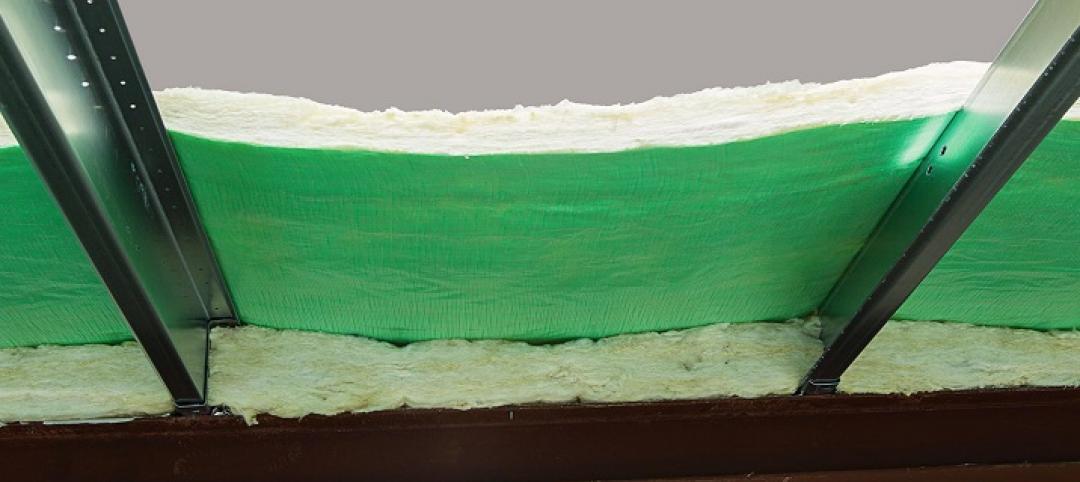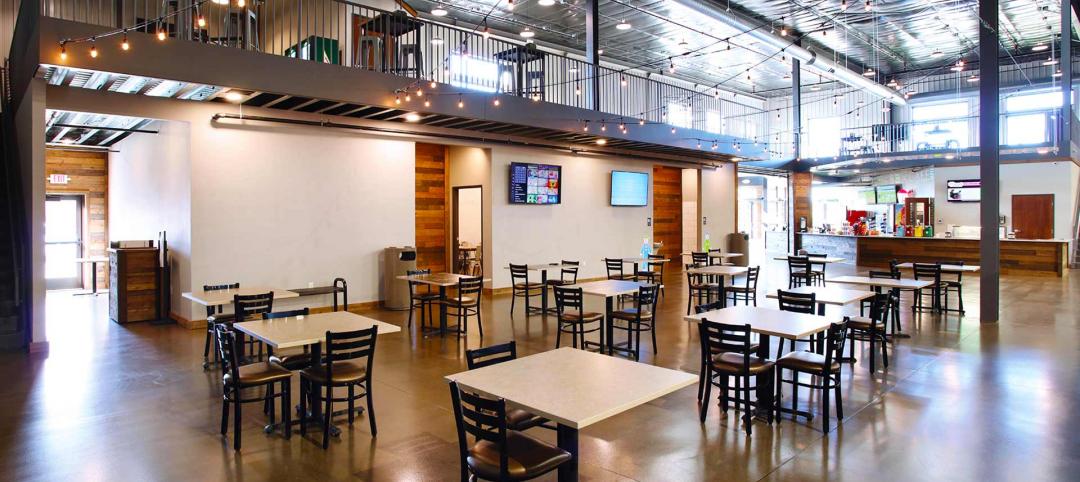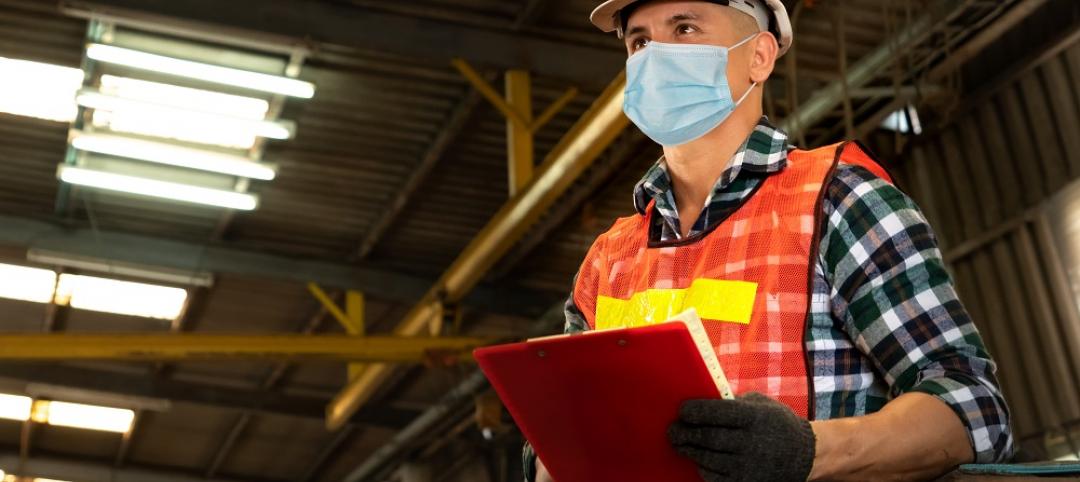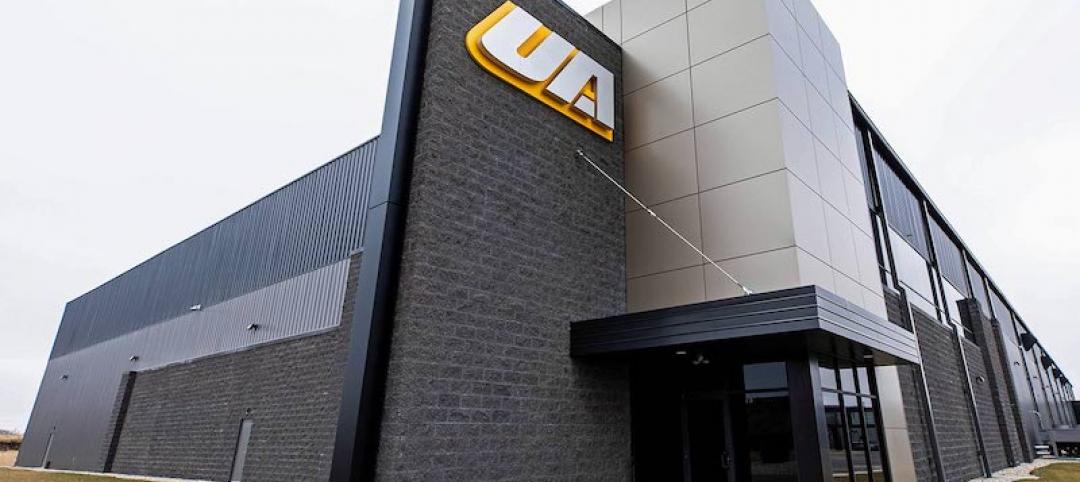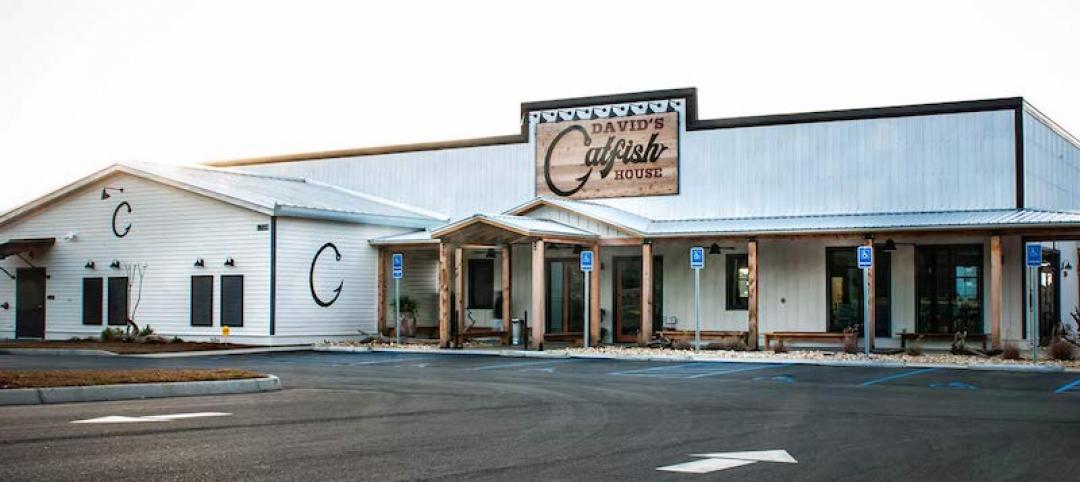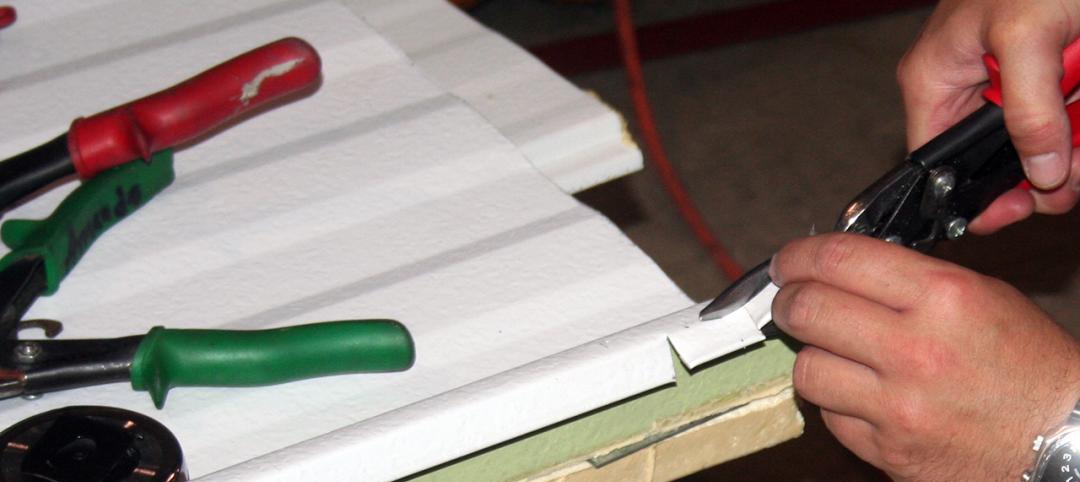All around the country, metal roofing use is on the rise. In the rolling farmlands of the Midwest, houses with striking bright red metal roofs shine across the fields, visible for miles, reflecting back the rich sunshine that makes farmland so productive. Bright green, blue and silver metal roofs also dot the landscape, while closer to town, metal roofs in shades of bronze and gunmetal announce stores, schools, and office buildings.
While metal has been the roof-of-choice for barns and industrial buildings for decades, it is now a chic material for retail, a smart material for multifamily housing, an architectural material for schools and churches, and an increasingly popular material for single family homes.
In farm fields, across suburban housing developments, industrial and office parks, and into the densely built cities, sunlight not only shines on wheatfields and school playgrounds, it also shines on metal roofs. Now, there is an efficient system for mounting solar panels to those roofs, and turning roof real estate into raw power.
The S-5! clamp systems allow solar panels to be stably mounted to a standing-seam roof without penetrating the roof surface. With the biggest concern about any roof-mounting being leaks caused by penetrations, S-5! clamps eliminate this problem completely. Moreover, a pre-approved S-5! clamp will not void the manufacturer’s warranty for the roof panels.
S-5! clamps for rack-and-rail solar system mounting have been available for some time. Panels are mounted to conventional framing hardware that is then clamped to the vertical seams of the roof panels.
The new S-5-PV clamps allow framed solar panels to be mounted directly to the roof seams without the need for additional framing. (Note: It will be necessary to verify that your building design can accommodate the additional deadload of the solar panels.)This not only saves money for racks and rails, but simplifies installation. It reduces the amount of mounting hardware, andautomatically provides a ground path within the module frames and through the S-5-PV clamps, simplifying electrical installation.
The potential power yield from solar panels is huge. On a clear day at noon in the temperate zone, 1000 watts (1kW) of solar energy falls on every square foot of the earth (or the roof, as the case may be). A typical panel for residential installation is 65”x39” and is rated at 250 watts, expected to produce about 1kWh per day. Los Angeles, for example, describes 11.6 kWh per day as “the amount of power needed for services such as basic lighting, heating, and refrigeration” for houses in the cooler coastal areas, and 16.6 kWh in the notoriously hotter inland areas. This means that 12-17 solar panels on the roof could cover basic electricity needs.
With easier installation now possible, and solar rebates and other incentives still available in many states, owners of metal roofs have an increasingly attractive opportunity to “go solar,” lowering their energy costs, reducing US dependence on foreign oil, and helping conserve natural resources.
More from Author
Star Building Systems | Oct 13, 2020
Wakarusa Township fire station meets innovation
Kuehler worked in partnership with Lawrence, Kansas-based architectural firm Hernly Associates and together, they created a vision for the new, nearly 14,500-square-foot station.
Star Building Systems | Sep 22, 2020
Applying conventional construction to custom metal buildings
Star Building Systems eliminates a lot of the complexity and allows us to make enhancements with other components to add interest.
Star Building Systems | Sep 10, 2020
David's Catfish House
The building features a wrap-around wood-framed porch, that historically, has the look and feel of what people would consider a catfish house is supposed to look like.
Star Building Systems | Sep 2, 2020
A new look at value engineering
Allowing your expert material supplier to direct you as to how to get as close to that optimal price point as possible is value engineering—emphasis on “value.”


